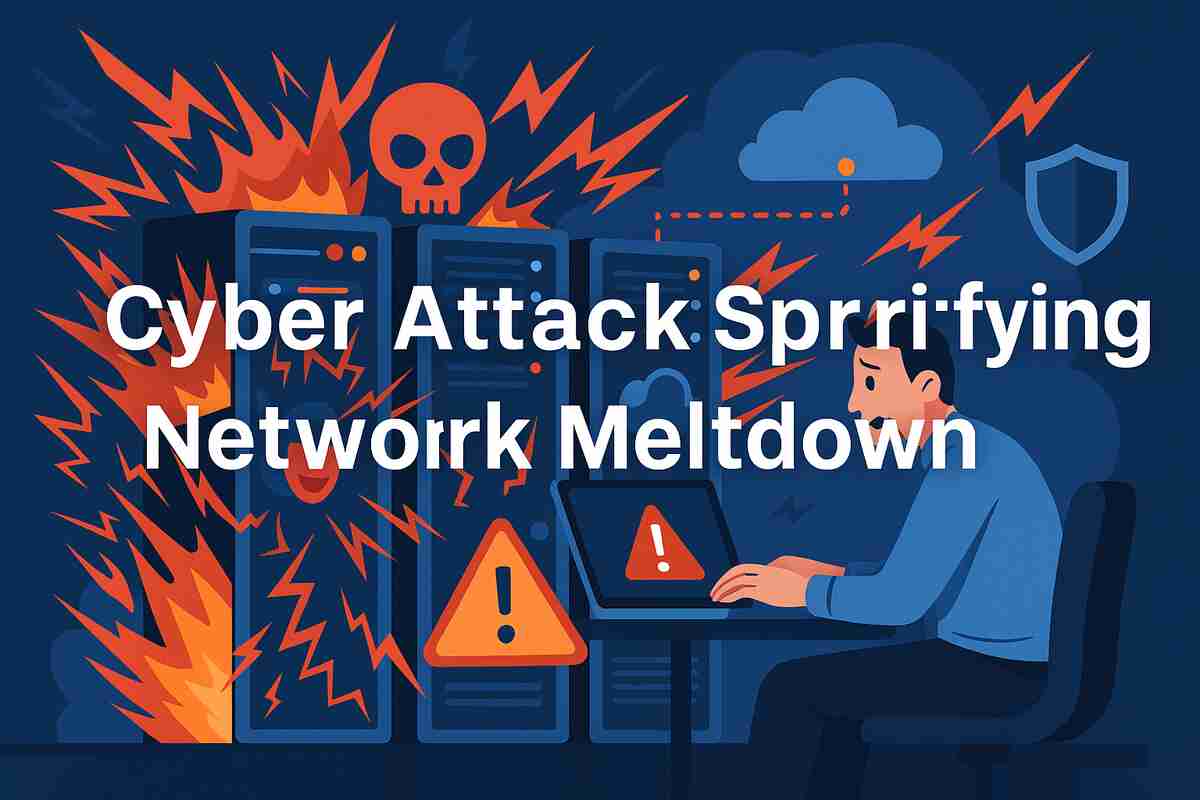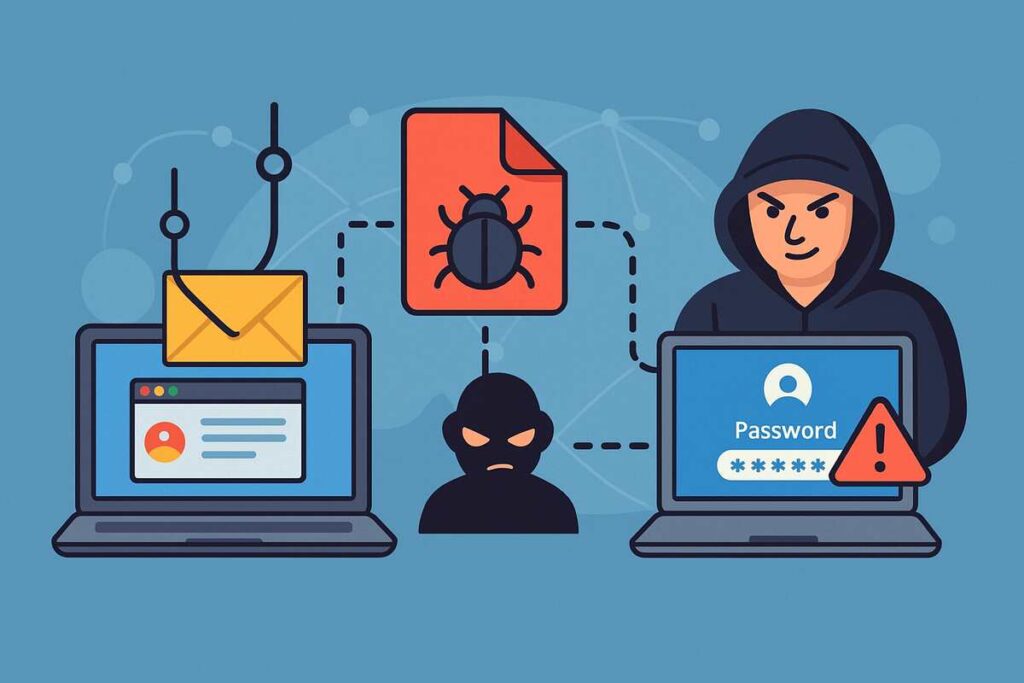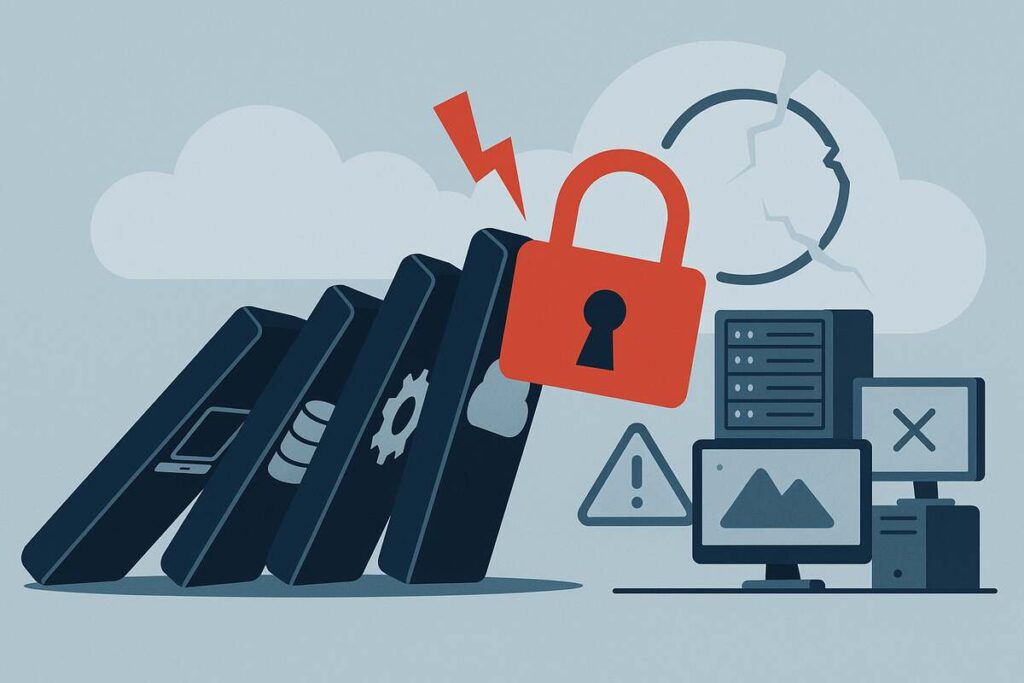Physical Address
304 North Cardinal St.
Dorchester Center, MA 02124
Physical Address
304 North Cardinal St.
Dorchester Center, MA 02124

In an era defined by digital dependency, a cyber attack can spiral from minor disruption to catastrophic collapse in minutes. That scenario played out recently as a sophisticated cyber attack triggered a terrifying network meltdown affecting financial services, healthcare systems, and enterprise networks globally. The implications of such incidents go far beyond operational downtime—they shake the very foundation of trust in our digital infrastructure. Understanding how cyber attacks unfold and why they have such destructive potential is essential to modern cybersecurity preparedness.
A cyber attack refers to the deliberate exploitation of computer systems, networks, or technology-dependent enterprises. In this case, the attack leveraged a combination of ransomware, distributed denial of service (DDoS), and advanced persistent threat (APT) techniques. Within hours, multiple global networks went dark, data centers crashed, and websites became unreachable.


This cyber attack impacted numerous industries:
Banks and fintech platforms reported outages that froze customer accounts, delayed transactions, and compromised account data.
Hospital systems were forced offline, delaying surgeries, diagnostics, and emergency responses.
Several federal departments suffered data breaches, exposing sensitive records.
Leading hosting platforms such as AWS and Azure reported disruptions as traffic spikes overloaded their distributed networks.

The ripple effects of a major cyber attack are devastating because of digital interconnectivity.
When one node in a critical system fails, connected systems often follow suit. For example, if a DNS provider goes down, it can take thousands of websites offline simultaneously.
Vendors and subcontractors using compromised infrastructure unintentionally spread the infection to partners and clients.
Even if systems are restored quickly, public confidence can be hard to regain. Negative press, user backlash, and regulatory scrutiny often follow.
The attack was active for nearly six hours before being discovered. By that time, backup systems were already compromised.
Antivirus and endpoint detection systems failed to catch the novel payloads used in the attack.
Once the attackers gained entry, they moved laterally through networks with minimal resistance.
Employees clicked on malicious links in phishing emails, unknowingly granting attackers the keys to the kingdom.
Cybersecurity experts agree that while breaches are inevitable, the scope of damage can be minimized with proper planning and investment.
Implementing advanced monitoring tools like SIEM (Security Information and Event Management) can help detect anomalies early.
MFA adds a second layer of defense, making it harder for attackers to gain access even if credentials are compromised.
Frequent vulnerability assessments help identify and patch weak points before attackers can exploit them.
A well-documented and rehearsed incident response plan helps teams react faster and more effectively.
Following the attack, regulatory agencies and cybersecurity watchdogs have issued urgent advisories and new compliance guidelines:
Cyber attacks inflict both direct and indirect costs that can paralyze businesses:
Organizations can fortify defenses using modern frameworks and technologies:
Assumes no implicit trust and continuously verifies every user, device, and data flow.
Helps detect and remediate threats on devices in real time.
These tools analyze patterns and flag deviations indicative of cyber threats.
Simulated attacks help expose weaknesses in systems and personnel preparedness.
Technology alone isn’t enough. Educating teams about cyber hygiene is critical:
According to IBM Security, 95% of security breaches are due to human error. This reinforces the need for continuous training.
This cyber attack revealed terrifying weaknesses that exist even within mature, well-funded IT ecosystems. It underscored the need for layered defenses, real-time monitoring, and a culture of security awareness. Organizations must embrace a proactive, integrated approach to cybersecurity, using both advanced tools and human vigilance. Only then can we hope to stay one step ahead in a world where cyber attacks are not a possibility, but a certainty.